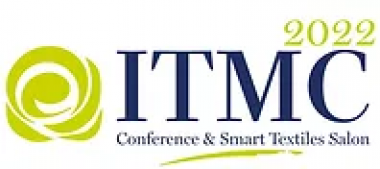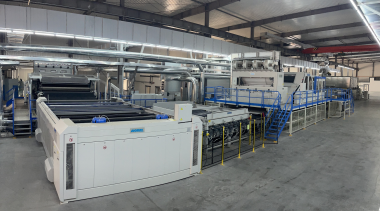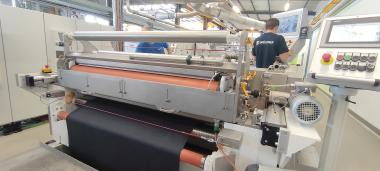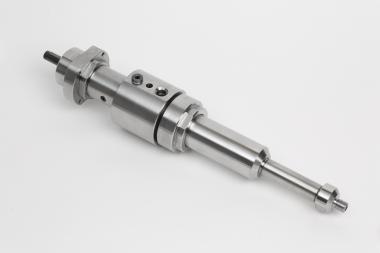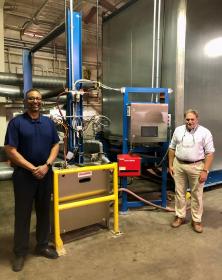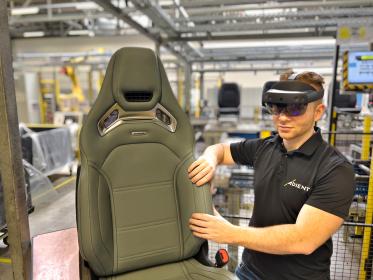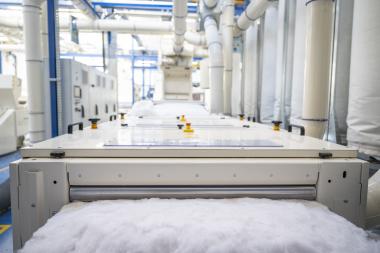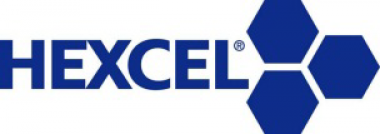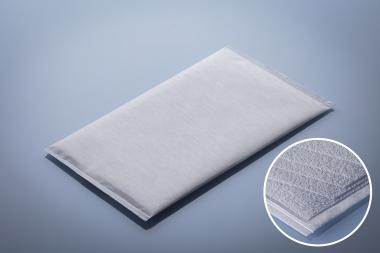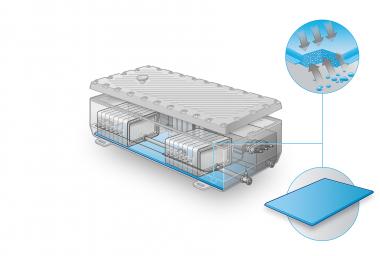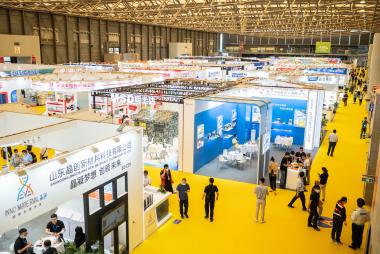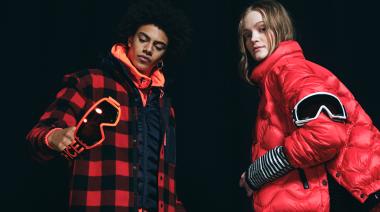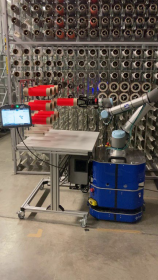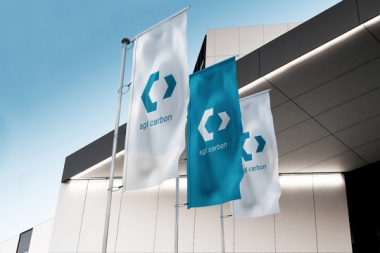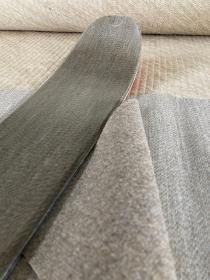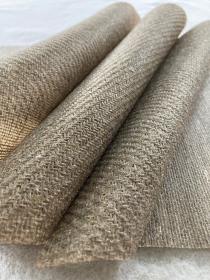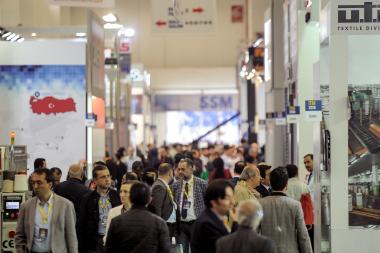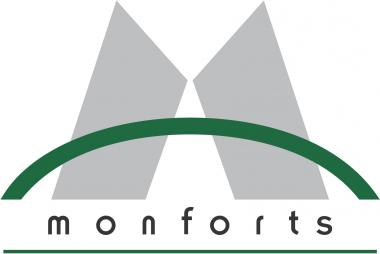ITMC presents date and speakers for its 8th edition
The ITMC 2022 conference, which will take place at the BAnQ from September 19 to 21, 2022, is aimed at attendees from various sectors of the textile industry. Its interdisciplinary approach is the key to maximizing the potential and development of textile materials and tools for various applications. The objective of the conference is to explore new ideas, effective solutions and collaborative partnerships for business growth by creating synergy between designers, manufacturers, suppliers, students and end users from all sectors and fully exploiting this potential.
The main topics are: Composites and textile reinforcement - Sustainable Production & Ecotextiles - Smart and functional textiles - Nanotechnology & Advanced Technical Textiles - Comfort & Protective Textiles - Medical Textiles - Digital Tools & Mass Customization
Keynote speakers :
- Omar Cherkaoui, ESITH : how ESITH was able to support the operators of the Moroccan textile sector during the covid-19 crisis
- Tracy Toulouse, TT : the impact and legacy of our clothing is to identify us as a nation
- Prof. Raul Fangueiro, University of Minho: fiber-based materials: from nano to macro scale
- Pierre-Alexandre Fournier, Exoskin: the role of smart textiles in the future of health
- KyoungOk Kim, Shinshu University: Patternmaking for attractive clothing for mass customization
- Marie O’Mahony, Consultant, Royal College of Art (RCA): smart materials & systems: has embracing uncertainty become vital to commercialization?
- Xianyi Zeng, Ensait: intelligent garments for online monitoring of human health and well-being
- Corinne Farace, Techtera: The collaborative approach: a major stake in meeting the challenges of tomorrow
ITMC International Conference on Intelligent Textiles and Mass Customization Functional textiles Smart textiles medical textiles Protective Textiles
ITMC


